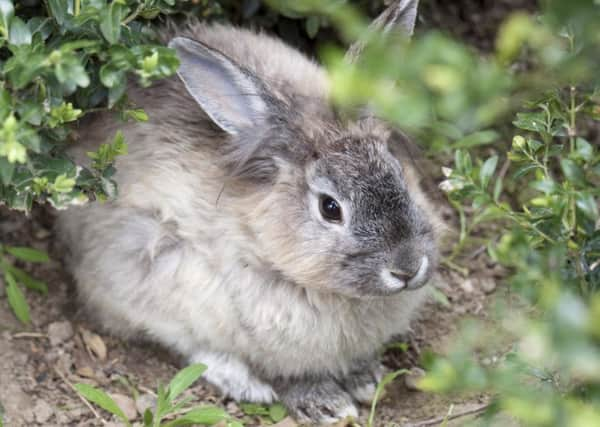Thousands of rabbits face cull in Outer Hebrides


Rabbit populations in Ness, the northernmost part of the Isle of Lewis, have exploded due to a lack of controlling measures in recent years.
It is thought up to 30,000 of the animals are now living in the region, which is home to a scattered community of around 1,400 people.
Advertisement
Hide AdAdvertisement
Hide AdIslanders are calling for an urgent cull to limit damage to the machair, rare Hebridean coastal grasslands used for grazing and prized for their biodiversity, as well as other grassy areas.
They said around 20,000 of the animals may need to be killed, while a long-term management scheme should be put in place to keep numbers under control in the future.
“Machair and crofting land are under threat,” said local councillor Kenny Macleod.
“There are a huge number of burrows and they are getting dangerous for people walking and for livestock. Then there is the grass – seven rabbits eat as much as one sheep.
“In the past teams have come over from the mainland for two or three weeks at a time to cull the rabbits, but this has not taken place for the past few years.
There are local volunteers shooting them but they are only killing 30 or 40 at a time.
“It has got so bad now that we have got to do something about it – we need a plan.
“Rabbits breed six times a year. Within four or five years, if you are not doing anything about it, numbers will run into tens of thousands. They say if you can achieve 75 per cent eradication it becomes manageable.”
Advertisement
Hide AdAdvertisement
Hide AdRocketing numbers have also begun causing problems for the local football team, with rabbits invading the pitch in the village of Fivepenny on more than one occasion.
Mr Macleod said: “We have had a major problem there this year with rabbits getting on to the park. We put rabbit fencing on it three time in the past six to eight months. If it carries on the football pitch will be under threat as well.”
A successful cull was carried out last year on Canna after rabbit holes were thought to have caused a landslide that hit its only road in 2013.
Rabbit numbers had rocketed to around 16,000 on the tiny island, which is owned by the National Trust for Scotland, and burrowing had damaged important archaeological sites.
Traps, dogs, ferrets and guns were used to kill 9,000 rabbits in three months. The remainder were spared to provide food for sea eagles that nest on Canna.
Some of those killed were sold to restaurants and food suppliers in France.
Mr Macleod said the Lewis community is hoping to do something similar.
A sub-committee will examine the options and report back to a full meeting of Comhairle nan Eilean Siar. Any cull will likely begin next year.